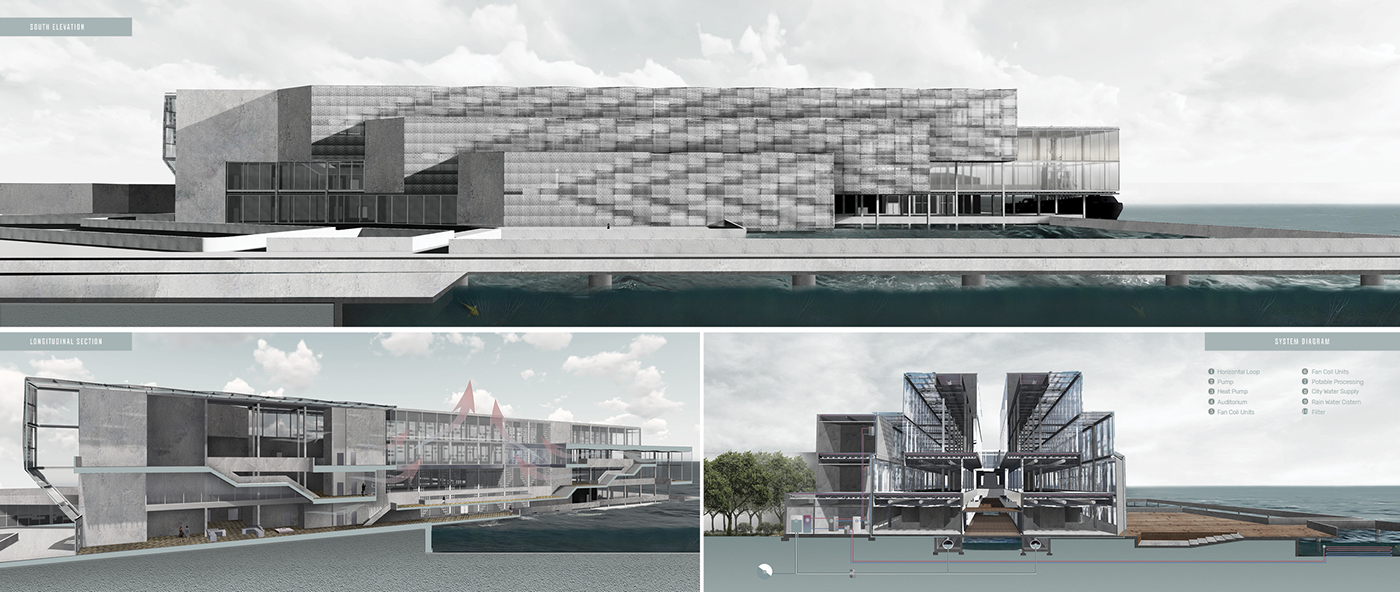
Like many states in the South, Charleston was once home thriving slave market. Slave trade was sent to the ports of Charleston. In order to control slave easier and prevent them from organizing themselves, the slave’s owners tempted to outlaw native languages and religion. Speaking native languages would lead to severe punishment. Slaves were forced to learn English as the only language they all had equal access to. To express themselves, slave brought their cultural craft with them and used drum to communicate from across the plantations. Therefore, one unique language evolved in South Carolina called Gullah. It was based on English with strong influences from West and Central African language that slaves brought with them from Middle passage. Since languages change over time and with the lack of functioning culture and society, African American Language has gone into the past.
The design concept arrives from what is called the invisible language - the language that connects slaves together through the silent, invisible and emotional sense. Sweet grass is one of cultural languages that slaves brought with them to express themselves. The culture of slave languages also expresses the freedom in mind to look toward nature. The approach in design of the museum not only aims to create the sense of invisible interaction through the weaving and overlapping spaces, but also to express the idea of freedom through the interaction with nature.








